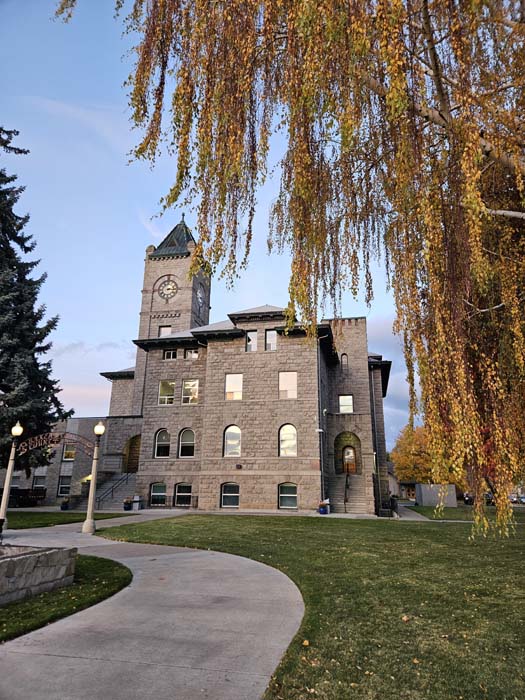Out and About: Enjoying an autumnal interlude as summer starts
Published 7:07 am Wednesday, June 25, 2025

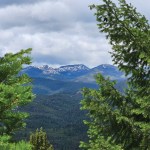
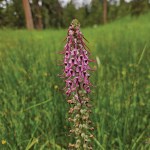
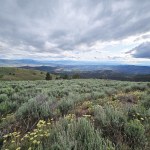
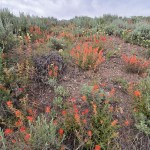

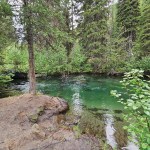
It was the first day of summer so of course I stuffed my goose down jacket into my backpack.
And my knit stocking cap.
And my umbrella.
Trending
I meant to bring my insulated gloves but forgot them.
By late June I can’t be expected to remember where I tossed every item from my winter wardrobe when I last needed them.
Perhaps the patina of dust partially hides the garments.
My memory was especially murky this year as the solstice approached.
Weather over the previous month had been mild.
Occasionally hot.
Trending
The high temperature at the Baker City Airport, which isn’t in my backyard but is close enough to be relevant, was above average on each of the last nine days of May.
And 16 of the first 19 days in June.
I had long since confined my cold weather attire to drawers, closets, bedposts or, most convenient, the corner of my bedroom, just near a bookshelf, which attracts clothing and other detritus as a magnet pulls iron filings.
But as my wife, Lisa, and I got ready to leave for a hike in the mountains on June 21, the first full day of summer, the temperature was 49 and a brisk, March-like breeze was blowing out of the northwest.
I was not wholly unprepared.
The interruption in our run of summer-like weather had started the day before.
The temperature topped out at 61, the lowest in a month.
Rain fell, a rarity during the driest spring in Baker County since at least World War II.
I drove that evening of the 20th southwest of Baker City toward the spine of high ground that divides the Powder and Burnt rivers. I christened this subrange the Burnt Powders some years ago but the cartographers have shown no inclination to endorse my suggestion.
I wanted to check on one of my favorite seasonal bellwethers, to see if it had survived the recent heat.
The spot is near the headwaters of Denny Creek, a Powder River tributary that starts just west of Little Bald Mountain. This modest knob along the ridgeline, at 6,414 feet, is saddled with the diminutive adjective to distinguish it from Bald Mountain, its taller (6,647 feet) neighbor a couple miles to the east. Bald Mountain, which is devoid of trees on and near its summit and thus aptly named, is the apex of the Burnt Powders.
(Though by the meager margin of 17 feet higher than Black Mountain, several miles to the west.)
A steep slope just north of the ridge crest is ideally situated to collect snow. Every winter the nearly incessant wind assembles a significant drift across its slightly concave expanse.
And every spring I monitor its inexorable demise, wondering if it will persist until the solstice.
The drift is conspicuous from the vantage point of Highway 7 at Salisbury Junction, about 10 miles south of Baker City, where the Dooley Mountain Highway (No. 245) meets the Sumpter Highway (No. 7) When I drove past the intersection on June 20, though, I couldn’t make out the telltale white dot more than 2,500 feet above.
My hiking route was along an old road where grass and wildflowers are profuse.
Every petal, blade and blossom was damp from the rain earlier in the day. The lupine, most common of the wildflowers on the road, was especially soggy. The flower’s leaves are coated with tiny hairs that repel water, and the leaves act rather like funnels that direct water to the center of the plant and thus to its roots.
These features help lupine thrive in arid environments.
But there is nothing arid about walking through fields of lupine not long after a rain.
Even when your feet, as mine were, are clad in boots touted as waterproof.
Not lupine-proof, apparently.
The road climbs the ridge, and as I neared the top I saw a glint of white that stood out against the backdrop of green.
It was the drift.
Its remnants, anyway.
The strip of snow, maybe 5 feet long and 2 feet wide, hardly qualified as a drift.
A slushball fight here would have been a brief battle.
But with the temperature in the upper 30s, and the solstice pegged at 7:42 p.m. on June 20, less than two hours hence, I was confident that this fragment of winter would persist through the longest day of the year.
The next day, the official start of summer, was much like its predecessor.
Our destination was another divide, this one near Granite. The ridge separates Beaver Creek on the west from Bull Run Creek to the east.
We drove Forest Road 7375 — the Corrigal Springs Road — to the top of the ridge and then hiked for a few miles, making a loop by way of a few other roads.
The thermometer in our FJ Cruiser showed 46 when we parked. But the wind was gentle and the sun flirted occasionally between soaring white cumulus, and for a few minutes, as we climbed a modest grade on loose gravel, I felt almost warm. I never considered unzipping my pack to get the down coat or stocking cap.
(I did doff the pack to access a bag of yogurt-covered pretzels, however. I also forgot my gloves. Again.)
Just off the road where we parked, where the last bit of snowmelt seeps along the fringe of a narrow meadow, Lisa spotted her favorite wildflower, elephant head. This elegant plant, with a foot-high stalk covered with pink blooms that make its name obvious, was growing, as it always does, in a moist strip where the ground squelched with every step.
Later we walked through a much larger meadow rife with other flowers. Purple was the commonest color — ranging from the pale purple of lupine to the middle shade of globe penstemon to the rich dark hue of larkspur.
We passed a tiny puddle — too shallow and too small to be called a pond — that teemed with tadpoles. I remarked that in a few weeks this would be a poor place to camp amid the squeaking amphibious cacophony.
We followed the tracks of elk, and piles of their scat so fresh it gleamed in the fleeting sunshine. I kept expecting to see a white rump in the distance, wending between the lodgepoles, or at least hear the thump of hooves. Neither happened.
For a few minutes the sun went away and a flurry of what I first took to be rain began to pelt us, until Lisa pointed to a feathery white spot on her sweatshirt. The precipitation was indeed frozen — the type, a sort of hybrid between snow and hail, that meteorologists call graupel.
We finished our weekend on Sunday, June 22, with a walk on the Rock Creek Road in the Elkhorns northwest of Baker City.
We were precipitated on again, and this time the shower was liquid — the sort of soft rain that’s a bit more serious than drizzle but far short of a downpour.
But we had umbrellas and so that was OK.
The storm moved off into Wyoming the next day. The sun returned, the temperature regained its customary seasonal range, and I began to contemplate, along about late afternoon, whether I ought to switch on the air conditioner.
I appreciated the autumnal interlude.
Summer lacks the staying power around here that winter has. But after a week of days in the 90s I tend to wither, like a flower which needs a good dousing of cool water.
On torpid afternoons I tend to remember those other days with fondness, days when the lupine soaks your boots and the wind blows chill and winter, that most treacherous of seasons, feels close enough to touch no matter what the calendar insists.










